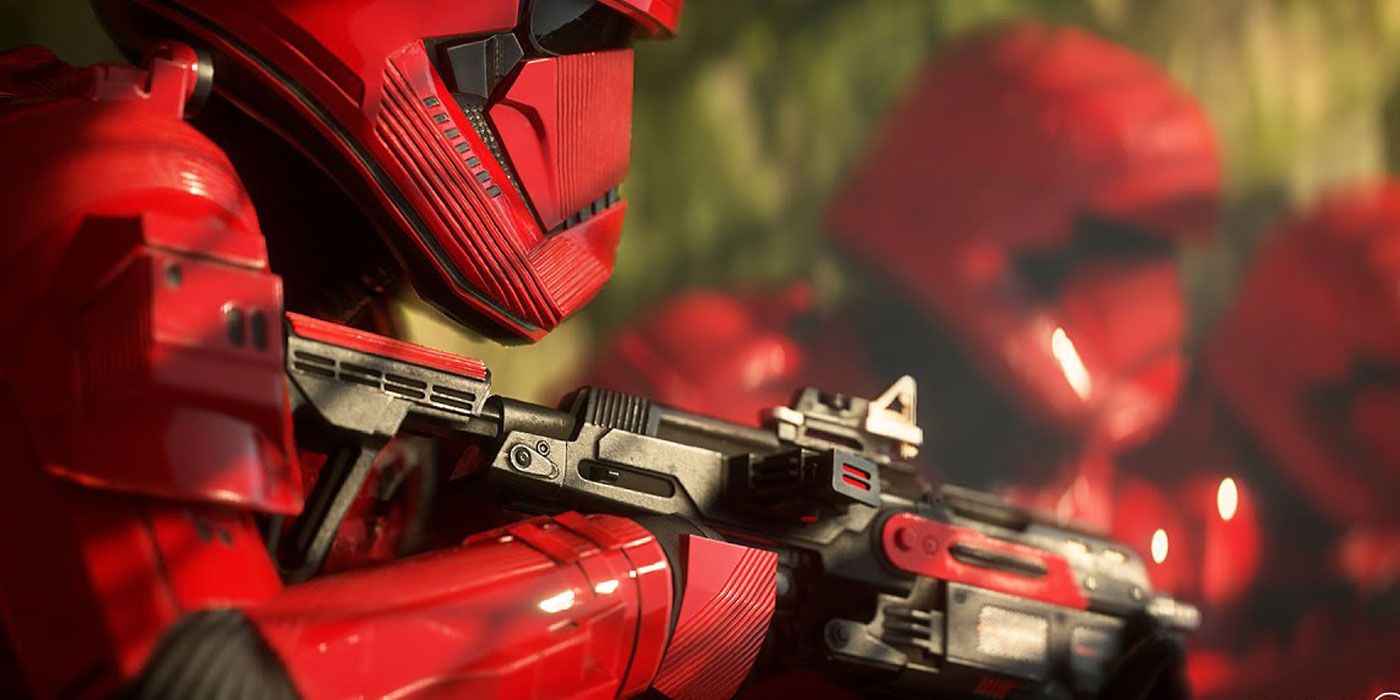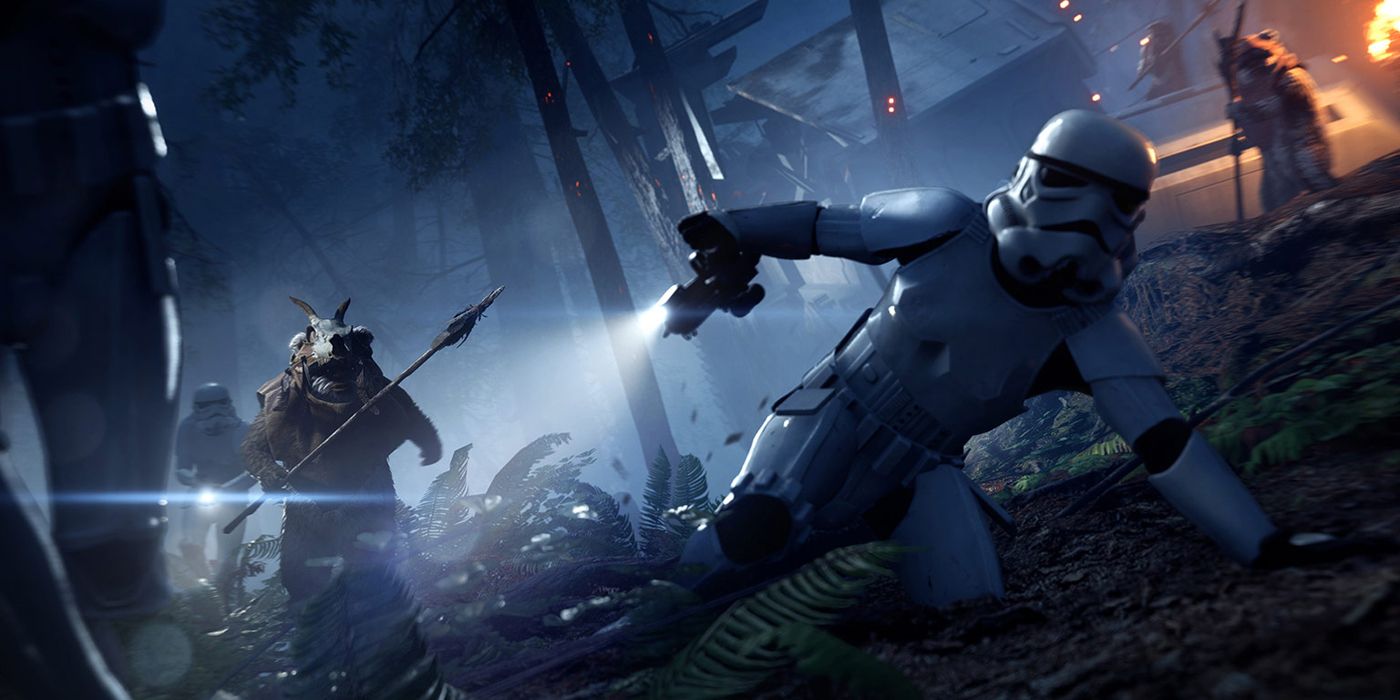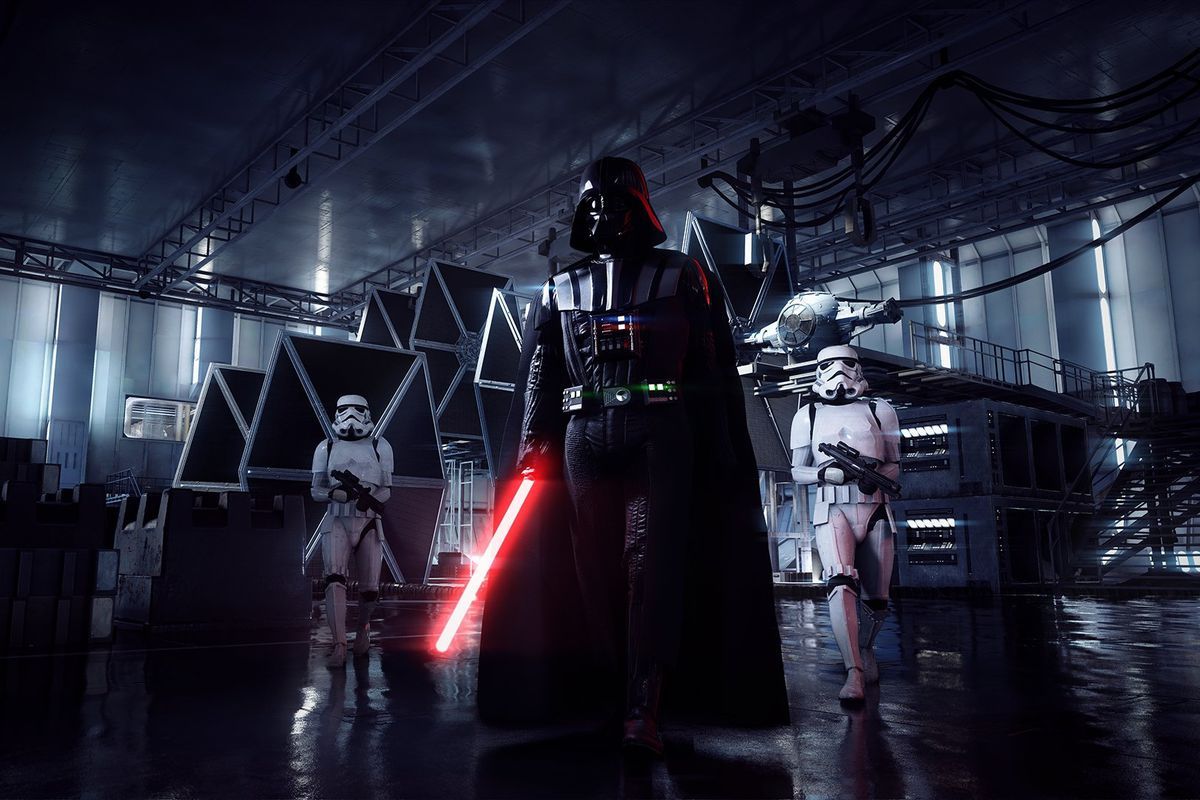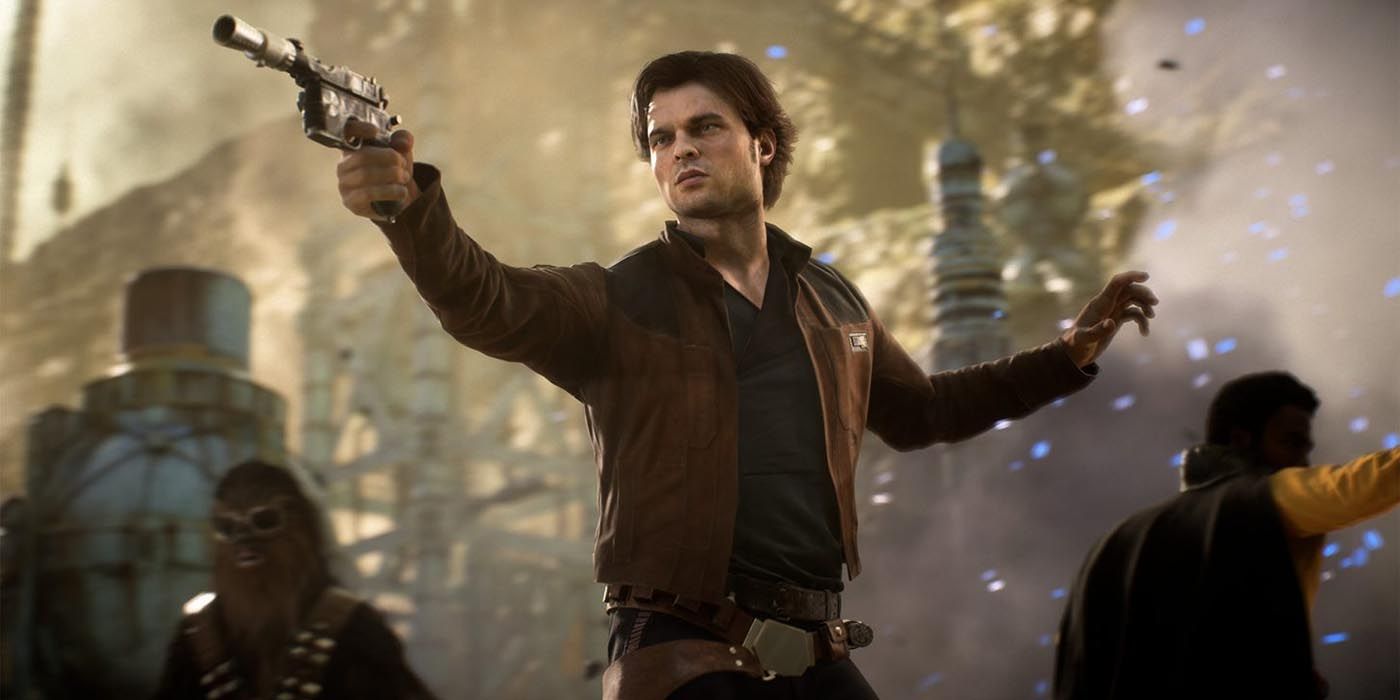The controversial Star Wars Battlefront II is on Wikipedia's list of worst games ever made. For anyone following the disastrous saga of its launch, that won't come as a surprise. Not only did the game come off as buggy and unfinished, but it was designed to milk players for their cash at all costs. Blatantly greedy and unreasonably structured, many passionate Star Wars fans participated in what some might call a boycott of the game. After public relations catastrophes for publisher Electronic Arts and an outcry from customers, the game was tweaked for the better, but the majority of players had already moved on.
Two years since its launch back in 2017 and Battlefront II hardly resembles the game that first launched. The experience has improved significantly thanks to steady content updates, which resolved many of the game's biggest problems. The game has made a truly remarkable comeback - it's just such a shame that it took two years and some of the worst press in history for the game to change radically.
Star Wars Battlefront II is emblematic of the video game industry's dark side, and that will be its unfortunate legacy. With that said, players who have revisited the game know that it's also a great example of the industry's light side too-- two companies listened to the complaints of customers, reworked the product, and provided years of product support in an effort to make amends.
The "loot box controversy" is nothing new, but it certainly peaked with Battlefront II. In most games, these usually contain cosmetic items that keep the playing field level for all players. Battlefront II had the idea to put skill cards in these boxes, giving clear advantages to players at random. Games with online multiplayer more commonly have progression systems-- a system where you level-up as you play and unlock better gear and abilities. By tying progression to loot boxes, the game no longer relies on learning the game and improving skills. Players can simply acquire an advantage through these boxes. At that point, not only was the game rigged by design, but any players willing to shell out more money gained an advantage. The loot boxes caused such an outcry that Battlefront II caught the attention of several lawmakers around the world for promoting a roundabout, indirect form of underage gambling.
Not every major game franchise uses loot boxes to give paying players an advantage, but the idea of paying extra for random rewards is. Call of Duty, Overwatch, FIFA, you name it-- loot boxes can be found in games of any genre. They used to supplement free games with a bit of income, hence their presence in so-called "freemium" game economies. In the last decade, they've found their way into full-priced games whether they rewarded cosmetics or not. Many gamers were distraught by this, especially since most big-budget video games cost $60 or more, but Battlefront II took that a step further. Battlefront II wanted you to pay more money just to progress.
It doesn't end there. At first, the game locked famous characters like Darth Vader and Luke Skywalker behind absurdly expensive in-game credit prices. It would have taken hundreds of credits to unlock every character just by earning credits. But credits could be purchased using real money, further railroading players into spending more on a product they already paid for. Gamers who tried to play the game to earn rewards soon found themselves outclasses by players who were willing to buy an advantage.
EA and DICE tried to justify the loot boxes, but Star Wars fans weren't having it. It started simply with criticism and feedback online, mainly with the fanbase's disapproval of EA's Reddit post about the game. The company's explanation for the game's problems was so inflammatory that it holds the world record for the most downvoted comment on the site. Of course, the most civil and effective way for fans to voice their opinion was with their wallets-- Battlefront II underperformed at launch. It certainly wasn't a financial bomb, but for a venture with the Star Wars brand attached, it was a disappointment for EA's bottom line.
Eventually, DICE walked back the loot boxes, continued to support the game, and filled it with the content it should have had at launch. The loot boxes were disabled, the paywalls were removed, and the microtransactions have essentially become obsolete as everything is easily attainable without paying extra. It's comforting to see that in this instance the people in charge listened to the consumers and action was taken to improve the product. It's also a lesson for Star Wars fans, in an era where the phrase "Star Wars fans" comes with heavy baggage.
While Star Wars has one of the noticeably louder fandoms, Battlefront II shows that cooler, wiser heads prevailed on both sides. Fans spoke, the developers listened, and now the game has become a worthwhile experience. It still needs work and still isn't as beloved as those original Battlefront games, but DICE has done a lot of work to earn back public trust. Even if their work was just for the sake of damage control, the results are apparent. Star Wars Battlefront II is both a cautionary tale and game industry fable. The game is decent now, and that's due to both the voices of the unsatisfied customers and the developers working to right their wrongs and the wrongs of their publisher.




